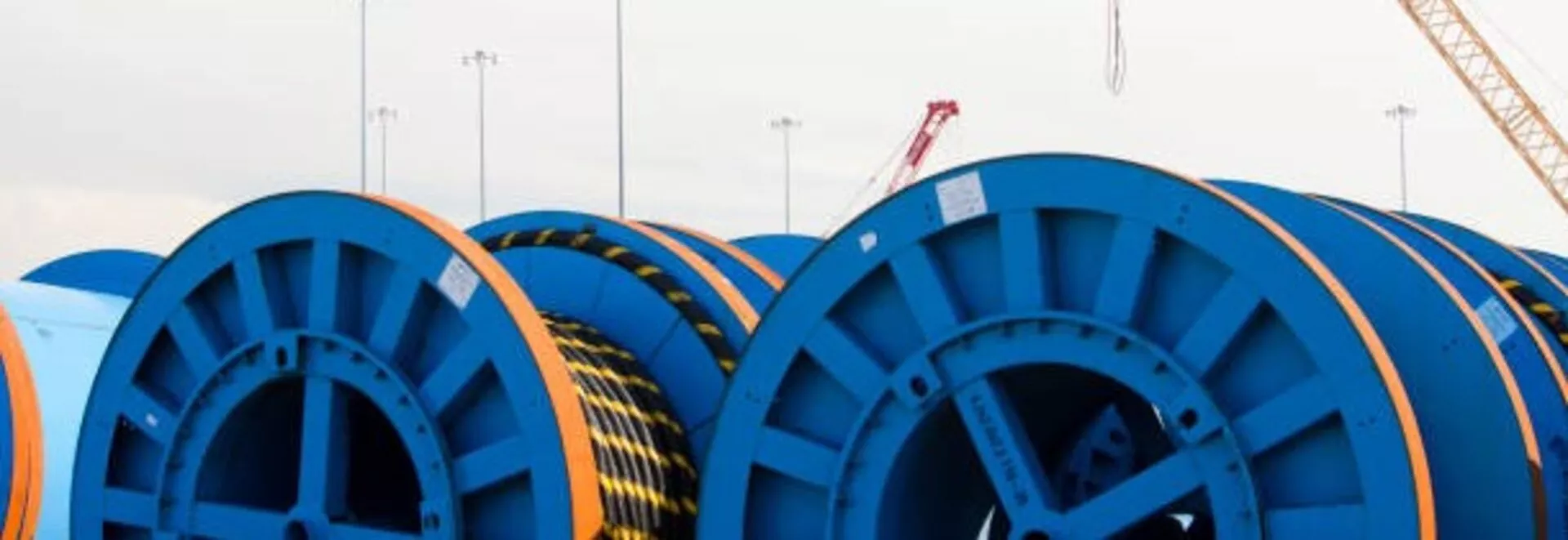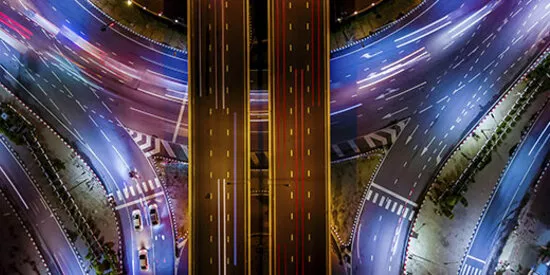
A new breed of interconnector is set to boost energy resilience
Interconnectors deliver clean energy as well as flexibility and resilience to provide electricity to neighbor’s countries.
When the Champlain Hudson Power Express starts to transmit electricity underground from Quebec to New York in 2025, it will deliver green hydro power to the heart of the city. It will also make the power supply more resilient after a decade when hurricanes, heatwaves and flooding have periodically left thousands without electricity.
At a time when energy security and soaring electricity prices are concerns worldwide, a growing number of these high-voltage cables are being planned. Also called interconnectors, they link the electricity systems of neighbouring countries or regions, allowing power to be transmitted from one to the next or, increasingly, supply renewable generation to the market.
What interconnectors contribute is not just the delivery of green power from a region where it is abundant to one where it’s in demand, but also the delivery of flexibility and resilience. As the transition to net zero speeds up, and countries become more dependent on renewable energy, interconnectors allow a country to tap a neighbour’s power market when the wind doesn’t blow or the sun doesn’t shine.
“Interconnectors are energy transition assets firstly because they enhance the flexibility of a system”explains Allan Baker, Societe Generale’s Head of Power Advisory and Project Finance. “Clearly, if you've got good interconnection with different markets with different load profiles, you don't need to keep as much thermal reserve capacity operational in the form of a coal or gas plant. You can rely on the interconnections to provide this function. We also see interconnectors as a means to deliver clean energy from point A where it is generated to point B where the demand is.”
A wave of new projects expected
The European Union has among the most ambitious goals for cross-border interconnectors, which it believes will both boost the security of electricity supply and integrate more renewables into its energy markets. The EU has set an interconnection target of at least 15% by 2030 – that means each country should have in place high-voltage cables allowing at least 15% of the power generated in its territory to be transported across its borders.
While previously interconnectors tended to be developed, built and financed by the transmission system operators running the various countries’ power grids, we are now seeing a lot more developed and backed by independent private sector companies. This new breed of interconnector is increasingly looking to the project finance market to provide financing for them as stand-alone businesses.
For example, the Greenlink Interconnector that reached close on its €500m investment in March 2022, will connect the power grids of the UK and Ireland by way of a 190km subsea and underground cable. Set for completion by 2024, it is the first privately financed interconnector in Europe.
This project is supported by cap-and-floor arrangement, which underpins a minimum return (revenue) on the investment while at the same time, in return, capping the upside for investors. Societe Generale acted as financial advisor, helping to ensure the project’s bankability, working alongside Greenlink Interconnector to negotiate with Irish, British and European regulators.
“This was a cap and floor arrangement with the UK government and an analogous arrangement with the Irish government, where there is some revenue risk in between that cap and the floor,” says Allan Baker. “This is for bankability: you receive a certain minimum amount of revenue for building the infrastructure but, equally, you don't get the benefit of very high prices if there are some constraints in the market that could yield a super profit. The arrangement gives some boundaries to the risk, as opposed to completely mitigating the risk.”
Simplifying complexity
Although interconnectors might seem conceptually simple as point-to-point high-voltage cables, they can be highly complex and no two are the same. This complexity arises from the fact that usually half of the cable is in one country and half in another. That means you have to negotiate with two different national electricity regulators and consider the different dynamics of two markets.
“The most complex assets to raise finance on are interconnectors like a Greenlink where you have dual flow,”notes Olivier Musset, Societe Generale’s Global Head of Energy. “You have a dual flow one way or another governed by two distant regulatory bodies, with two sources of cash flows. There can also be different types of subsidies and protection to lenders. And making these two sides of the equation work together is a big challenge. Interconnectors are really one of the most complex types of infrastructure for which we've been raising finance.”
Just to prove the point, the financing structure of the NeuConnect Interconnector, creating the first direct power link between Germany and the UK, and due for financial close in 2022, is largely different from Greenlink Interconnector. Champlain Hudson Power Express, also due for financial close in 2022, is different again.
Looking forward, as interconnectors increasingly stitch together neighbouring power grids or facilitate the delivery of clean power to market, they will improve energy sustainability, resilience, security and arguably, even affordability. As renewable sources of power such as offshore wind make up more of the energy mix, so too interconnectors will play a vital role in connecting them to the cities and industrial centres most in need.




